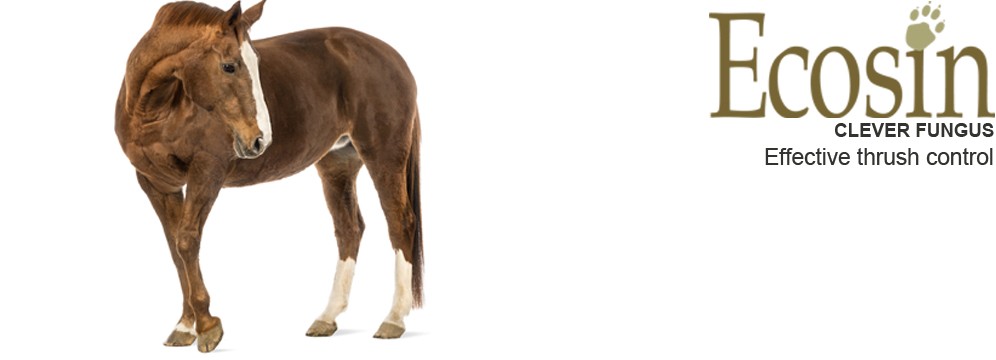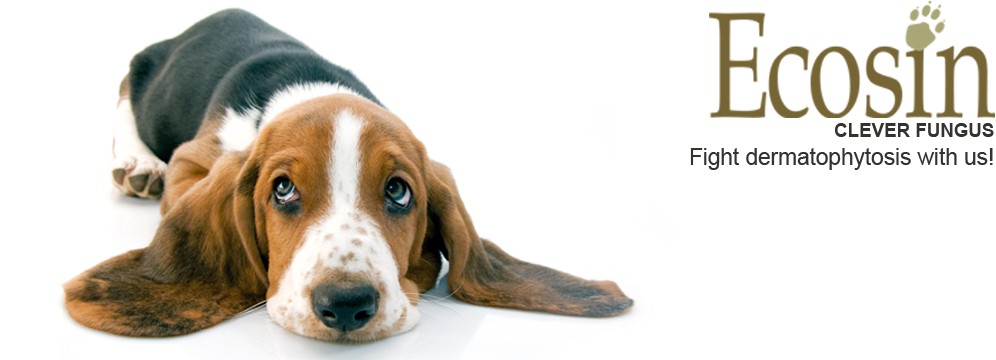Welcome to the amazing world of the microorganism Pythium oligandrum
CLEVER FUNGUS Pythium oligandrum is a microscopic fungal organism from the SAR (Stramenopila, Alveolata, Rhizaria) family that represents a cross between fungi and algae. P.oligandrum was first described in the 1930’s by American scientist Charles Dreschler, who discovered that P. oligandrum is a specific predator that only attacks other fungi. In the 1960’s P.oligandrum was isolated from the soil by Czech scientist Dáša Veselý during his research and testing of potential use of the microorganism in agriculture, particularly in plant protection field.
P. oligandrum is known for being an aggressive mycoparasite of other fungi. It consumes other microscopic fungi present in the environment on behalf of spatial competition and uses them for its own maintenance and survival. During its life P. oligandrum produces moving zoospores that actively seek parasitic - infection causing - fungi. P. oligandrum is not very particular about what fungi it will consume. The lack of host-specificity has made it useful as agent of biological control of fungal infections.
Besides active mycoparasitism P. oligandrum produces enzymes that are primarily aimed at facilitating the penetration of hyphae into the fungal microorganisms. In addition, the enzymes create unsuitable environment that slows down or stalls bacterial growth, therefore having
a bacteriostatic effect.
The moment there’s nothing to feed on, P. oligandrum forms characteristic spiny oospores and grows out with the skin, fur or claws and leaves the animal body, as it is unable to neither survive nor feed on in conditions of human or animal body. The resettlement of normal microflora on the skin, hair and other skin derivatives such as hooves, claws etc. is allowed.
Research utilising lab tests, assessment & evaluation, practical testing on patients in various hospitals, clinics and dermatological practices under the supervision of veterinarians and microbiologists has shown that P. oligandrum has significant positive results. It has also been shown that no side effects have been recorded utilising P. oligandrum even in young, old or immunocompromised animals.
Share this:
Recommend via e-mail Sdílet přes Facebook Sdílet přes Twitter Sdílet přes Google plus


